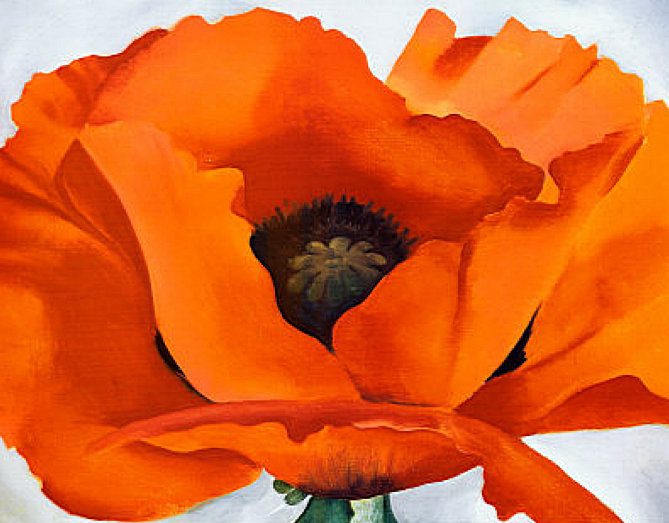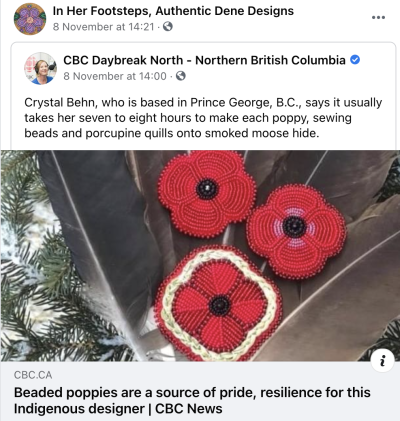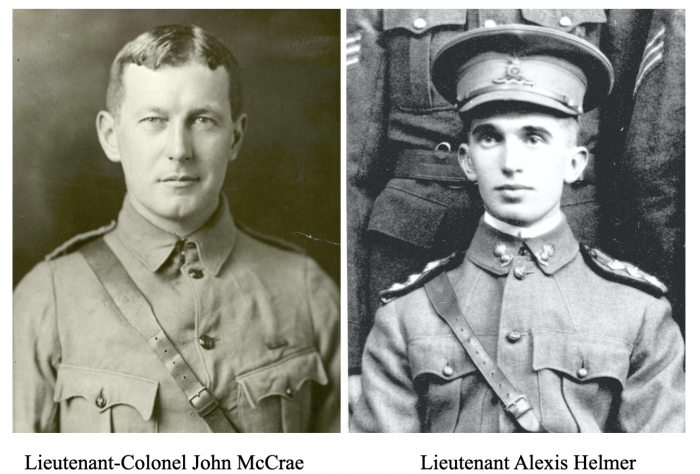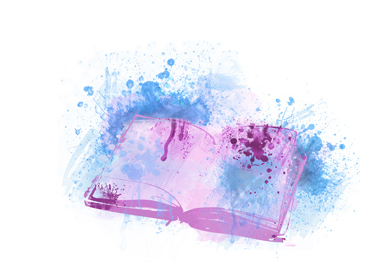A Poppy To Remember
Q.
We remember and offer our deepest respect to those who serve. As we watch Remembrance Day services, we see red poppies on uniforms, on jackets, on wreaths. How did the poppy come to represent those who have fallen in service of their country?
A.
We turn to Veterans Affairs Canada for the most thoughtful answer. ‘The poppy,’ they write, ‘became widespread in Europe after soils in France and Belgium became rich in lime from debris and rubble from the fighting during the First World War. These little red flowers also flourished around the gravesites of the war dead.’
Lapel poppies are designed to be worn on the left torso, close to the heart. Those poppies you see for sale at the till help raise money for veterans in financial distress.
Crystal Behn-Dettieh, an artist of Dene and Carrier ancestry, creates beautiful beaded red poppies in honour of Indigenous Veterans Day – on November 8th – and for Remembrance Day.
.
.
Authentic Dene Designs Facebook Page
.
Canadian poet and surgeon Lieutenant Colonel John McCrae, MD evoked the poppy in his powerful poem: In Flanders Fields.
When World War I broke out, McCrae was 41 and working as a doctor in Montreal. He had already served as Canadian volunteer in the Boer War and knew this war would be particularly bloody. But, as he wrote to his mother: ‘I am really rather afraid, but more afraid to stay at home with my conscience.’
Brigade-surgeon McCrae was assigned to the First Canadian Division. Named second-in-command of the 1st Canadian Field Artillery Brigade, he was stationed in Ypres, joining the fearsome fight to keep the Germans out of the one city in Belgium they had not occupied.
‘We have been in the most bitter of fights,’ CBC excerpts a letter that McCrae wrote to his mother. ‘For seventeen days and seventeen nights none of us have had our clothes off, nor our boots even … In all that time while I was awake, gunfire and rifle fire never ceased for sixty seconds … And behind it all was the constant background of the sights of the dead, the wounded, the maimed, and a terrible anxiety lest the line should give way.”
.
.
It was in this Ypres battle that one of McCrae’s close friends – fellow Montrealer Alexis Helmer, a newly engaged 22 year old who had just graduated from McGill University – was killed. McCrae stood watch as his young friend was buried with the picture of his fiancée he always had with him, a picture that was now pierced with a bullet hole.
The following day – graveside, as he perched on the back of an ambulance – McCrae started this poem in memory of his friend.
.
In Flanders Fields
In Flanders fields the poppies blow
Between the crosses, row on row
That mark our place; and in the sky
The larks, still bravely singing, fly
Scarce heard amid the guns below.
We are the Dead. Short days ago
We lived, felt dawn, saw sunset glow,
Loved and were loved, and now we lie
In Flanders fields.
Take up our quarrel with the foe:
To you from failing hands we throw
The torch; be yours to hold it high.
If ye break faith with us who die
We shall not sleep, though poppies grow
In Flanders fields.
.
.
.
www.justcurious.ca
.
Header: Red Poppy. Georgia O’Keefe. 1927










